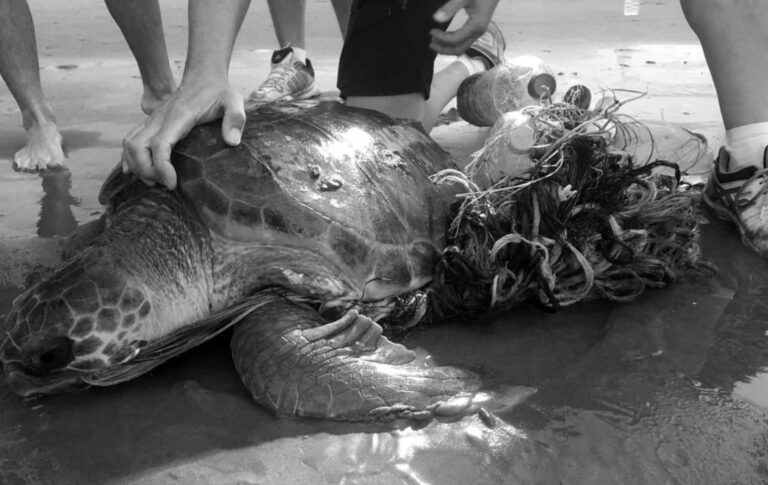Black car paint could become a secret weapon in the battle to kill the yellow fever mosquito which has a natural resistance to some insecticides.
In a study appearing in the journal Insects, scientists described that carbon-based nanoparticles (CNPs), or carbon black, may be an alternative to harmful chemicals.
Made out of microscopic, organic elements, a modified form of CNPs, called Emperor 1800, was originally billed as a substance that is used to coat cars black.
Co-author Peter Piermarini of Ohio State University said, “If we can learn more about how carbon black works and how to use it safely, we could design a commercially available nanoparticle that is highly effective against insecticide-resistant mosquitoes.”
The yellow fever mosquito, or Aedes aegypti species of the noisome pest, was once native only to Africa, but was brought to the Americas centuries ago and became endemic and resistant to some insecticides.
The pesky insect not only spreads deadly yellow fever, but also dengue, chikungunya, and Zika.
Among the deadliest creatures in the world, they don’t travel far from where they emerge from stagnant water, not more than a few hundred meters, but spread in their tens of millions that are enough to steadily transmit disease.
Hundreds of thousands of people have been sickened, and died, because of mosquito-borne illnesses.
The researchers tested Emperor 1800 carbon black in the lab by applying it to the water in which larval mosquitoes in the earliest stages thrive.
They found that just 48 hours after application with CNPs, the mosquito larvae were dead.
“Given the properties of carbon black, it has the most potential for killing larvae because it can be suspended in water,” Piermarini said.
The carbon black gathers on the head and body of the pests, and even their insides, which means they were ingesting the substance.
In other words, CNPs hindered the mosquitoes’ breathing, and gave them wicked indigestion.
Female mosquitoes are the deadliest of the species because they must consume blood to provide nutritious protein to their eggs.
Males, on the other hand, are content with sipping flower nectar.
Once females have feasted on blood, and transmitted disease to their hapless victims, they return to still water to drop their eggs.
After eggs hatch, the resulting larvae remain in water for about seven days until taking wing as adults.
Surprisingly, CNPs appeared to kill equally mosquitoes resistant to insecticides, and those susceptible to the chemicals.
“When you first apply the CNP solution it has similar toxicity against both strains,” Piermarini said.
He added, “But when you let the suspension age for a few weeks, it tends to become more potent against the resistant strain of mosquitoes.”
The study found that CNPs can control noxious mosquitoes when applied on their breeding grounds.
Further testing may determine whether CNPs are safe for use in the environment.
Yellow fever is not found in the United States or the EU. Zika has been found in Florida and Texas, and scattered cases of chikungunya have been found in the latter. Isolated travel-imported cases of Zika and chikungunya have been found in the EU.
To find out more about the author, editor or agency that supplied this story – please click below.
Story By: Martin M Barillas, Sub-Editor: Michael Leidig, Agency: Newsflash
The Ananova page is created by and dedicated to professional, independent freelance journalists. It is a place for us to showcase our work. When our news is sold to our media partners, we will include the link here.




